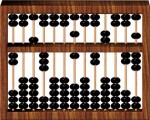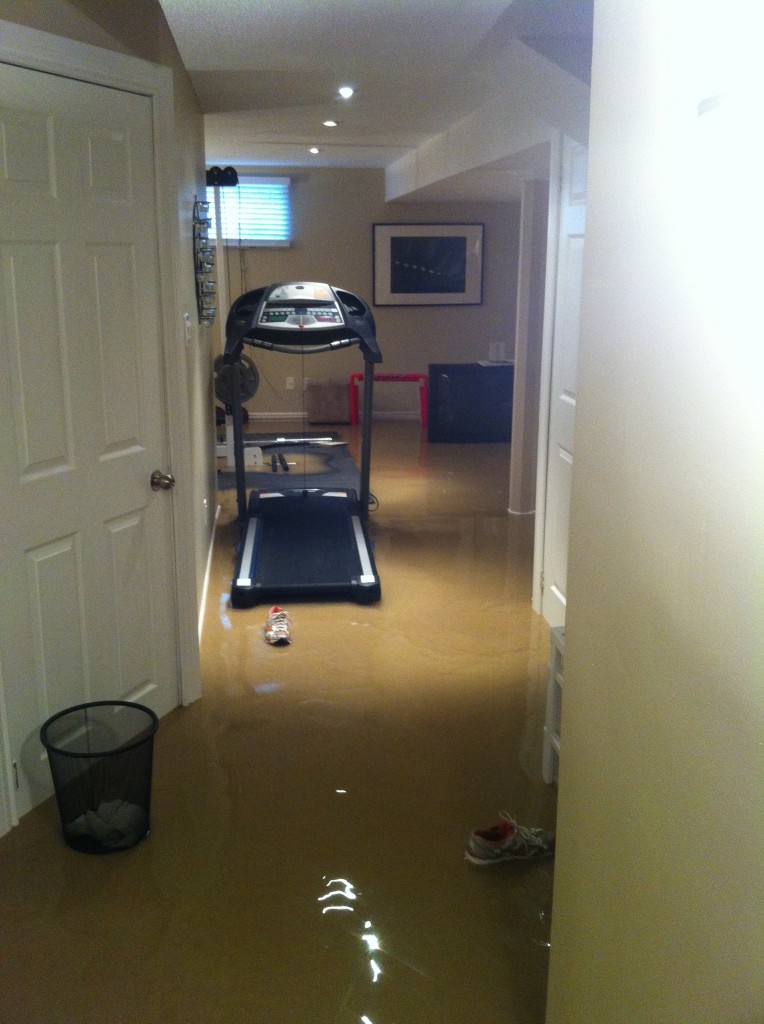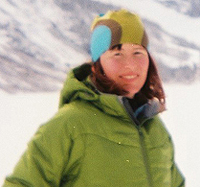Hug a Race Director today
Part of this blog is my meeting with inspiring runners of all levels. In order to write about my races and those runners you compete against, I am introducing another related feature. The race director, those committed individuals who help us with our passion for running.
As a runner, you decide to enter a race so you,
-register for a race,
-pick up your kit,
-arrive at the race,
-run the race,
-get your medal,
-eat your food,
-talk about the race and go home and celebrate.
How did this race happen?
A Race Director has a vision.
He or she decides on the distance, course and then gets to work.
The following is a summary of the initial work required to allow you to have your fun.
After they decide on the route they
-speak with the city for road closures,
-arrange for police and transit for safety ,
-pay and arrange insurance,
-make arrangements for medics,
-hire an accurate timing company (cuz we know we need to know our time)
and then find volunteers, advertise the event, promote the race, design t-shirts and possible medals, determine and get food, hire massage staff, find and attract sponsors, find necessary portolets, arrange for water, food, did I mention volunteers.
The list becomes endless.
Combine the big city marathons and the RD has to meet with elite agents to bring in the elite men and women runners, arrange appearance fees and support staff to look after the elites needs.
Before I go off on a tangent to make you think of the work involved with the World Major Marathon events and the thousands or runners they attract , let’s think about the smaller local races and the dream of your Race Director (who loves running with a passion.)
Include your wife and family to become immersed in your passion and become a Race Director for 9 different races.
As part of your passion, you create a race or series of races that will involve road, trail and time trials for an event that you have embraced. Then your neighbours get involved with volunteering to help you out for 8 days in a row.
This is the ENDURrun, which is an 8 day 7 stage event covering 160 kilometers. Each event is The ‘Tour de France’ of Running Events
Not often is there a new event to the world’s stage of running. An event that will create and generate world-wide attention, excitement, interest, and competition. An event that will challenge you beyond your running goals and dreams. Join us 12-19 August 2012 for the 10th Annual ENDURrun International in Waterloo, Ontario, Canada. held in a different location and are different distances.
http://www.endurrun.com/index.html
So this means, the Race Director has to mark out 7 different routes, arrange to have 7 different marshalled areas, time 7 different events, set up food and tents, not to mention preparing the food for at least 50 people, transporting it, feeding the 50 said participants, cleaning up, tearing down the course and transporting back to their house EVERY DAY from Saturday to Sunday.
Plus, the Race Directors have a social at their house on the Saturday for kit delivery and the following Saturday to socialize.
Enter Lloyd Schmidt, his wife Julie, their wonderful children (their husbands/girl/boyfriends as well as their neighbours and friends so that they become your family for the next 8 days. (This is only one of the 9 events they “run”)
One of these events will be my inspiration from August 11-August 19, 2012 as I participate in this my sixth year to become, once again, One Tough Runner.
I hope to report daily with my running with the winners at each stage.




 VICKY: I lost my
VICKY: I lost my  Born in Nova Scotia and emigrating to British Columbia via Ontario and Alberta, Magi has been running the entire way. Primarily defined as a cross country ski racer, Magi has competed nationally and internationally in that sport. The highlight of her career was competing in the World University Games and the World Cup races in Canada in 2007. Cross country skiers rely heavily on running for cross training and Magi has become an accomplished trail and mountain runner, representing Canada at the World Mountain Running Championships in 2005 and the winning numerous national championships medals.
Born in Nova Scotia and emigrating to British Columbia via Ontario and Alberta, Magi has been running the entire way. Primarily defined as a cross country ski racer, Magi has competed nationally and internationally in that sport. The highlight of her career was competing in the World University Games and the World Cup races in Canada in 2007. Cross country skiers rely heavily on running for cross training and Magi has become an accomplished trail and mountain runner, representing Canada at the World Mountain Running Championships in 2005 and the winning numerous national championships medals.  Our Magazine
Our Magazine Previous Release
Previous Release
